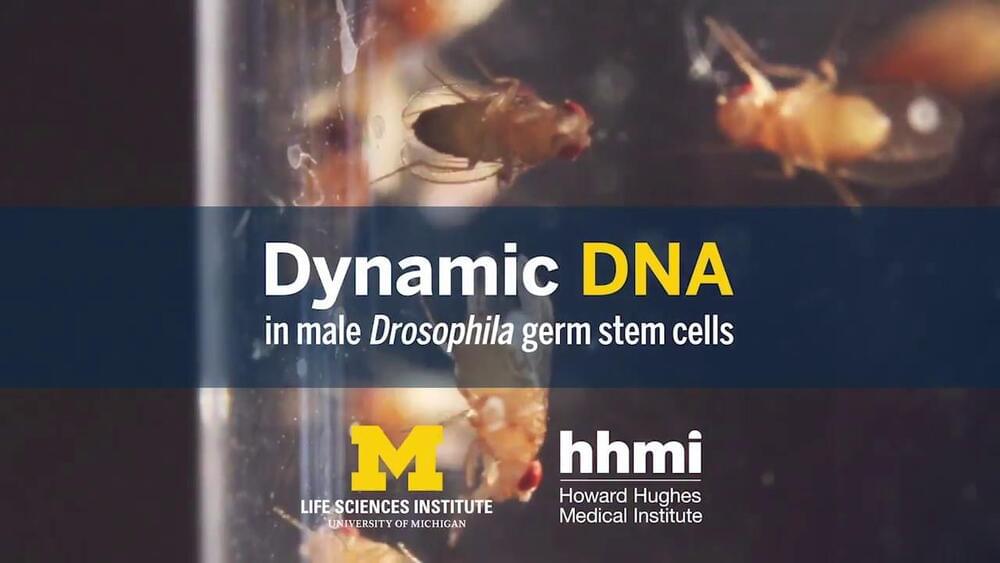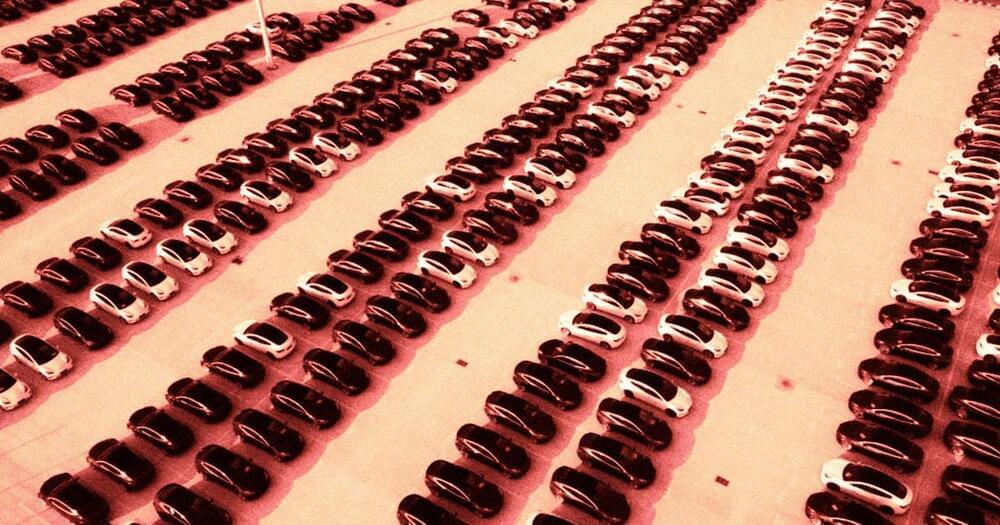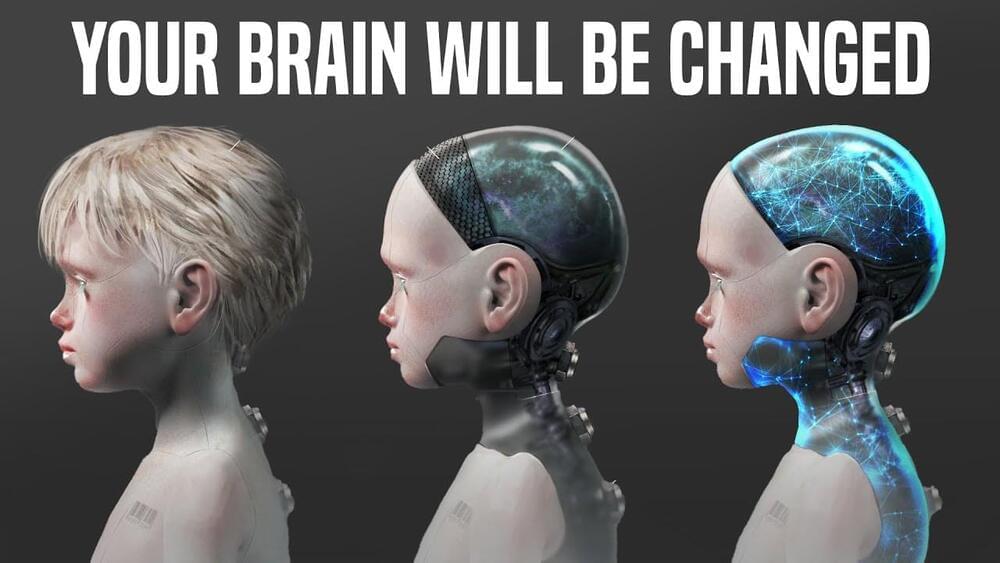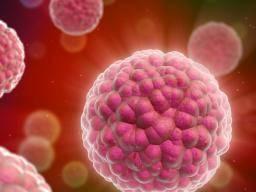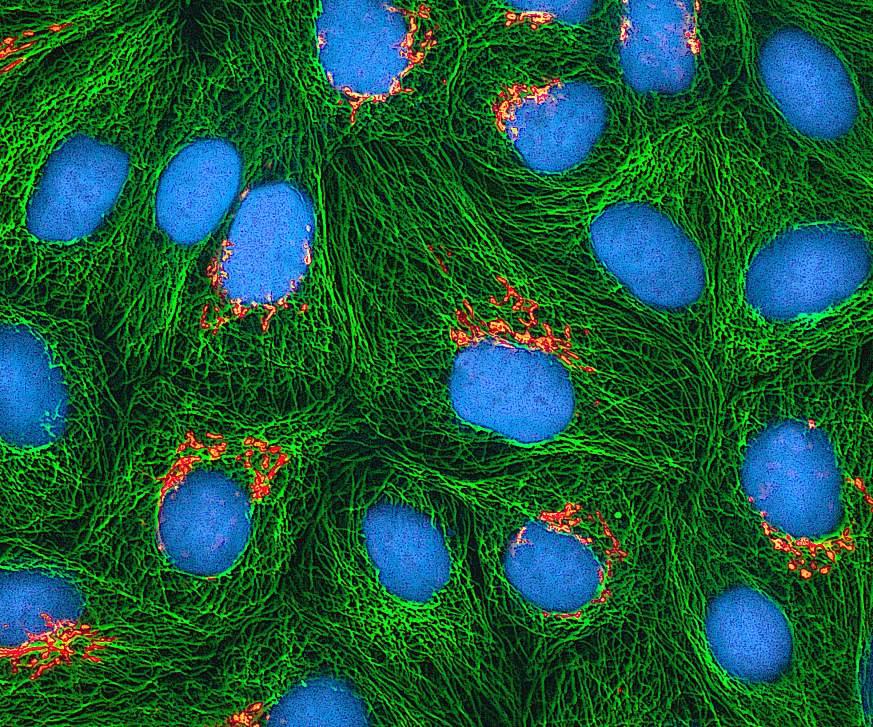
This type of cell could lead to an unlimited cell division in human cells aka a forever lifespan 😃 #immortality
“The sequencing and posting of the HeLa genome brought into sharp relief important ethical and policy issues,” said Dr. Collins. “To understand the family’s perspectives, we met with them face to face three times over four months, and listened carefully to their concerns. Ultimately, we arrived at a path forward that respects their wishes and allows science to progress. We are indebted to the Lacks family for their generosity and thoughtfulness.”
The HeLa Genome Data Use Agreement
The new controlled access policy for full genome sequence data from HeLa cells will give the Lacks family the ability to have a role in work being done with the HeLa genome sequences and track any resulting discoveries. Under the policy, biomedical researchers who agree to abide by terms set forth in the HeLa Genome Data Use Agreement will be able to apply to NIH for access to the full genome sequence data from HeLa cells. Along with representatives from the medical, scientific, and bioethics communities, two representatives of the Lacks family will serve on NIH’s newly formed, six-member working group that will review proposals for access to the HeLa full genome sequence data. In addition, NIH-funded researchers who generate full genome sequence data from HeLa cells will be expected to deposit their data into a single database for future sharing through this process. The database study page will be accessible after the embargo lifts at this url: http://www.ncbi.nlm.nih.gov/projects/gap/cgi-bin/study.cgi?s…0640.v1.p1. Other investigators will be encouraged to respect the wishes of the family and do the same. Importantly, all researchers who use or generate full genomic data from HeLa cells will now be asked to include in their publications an acknowledgement and expression of gratitude to the Lacks family for their contributions.



